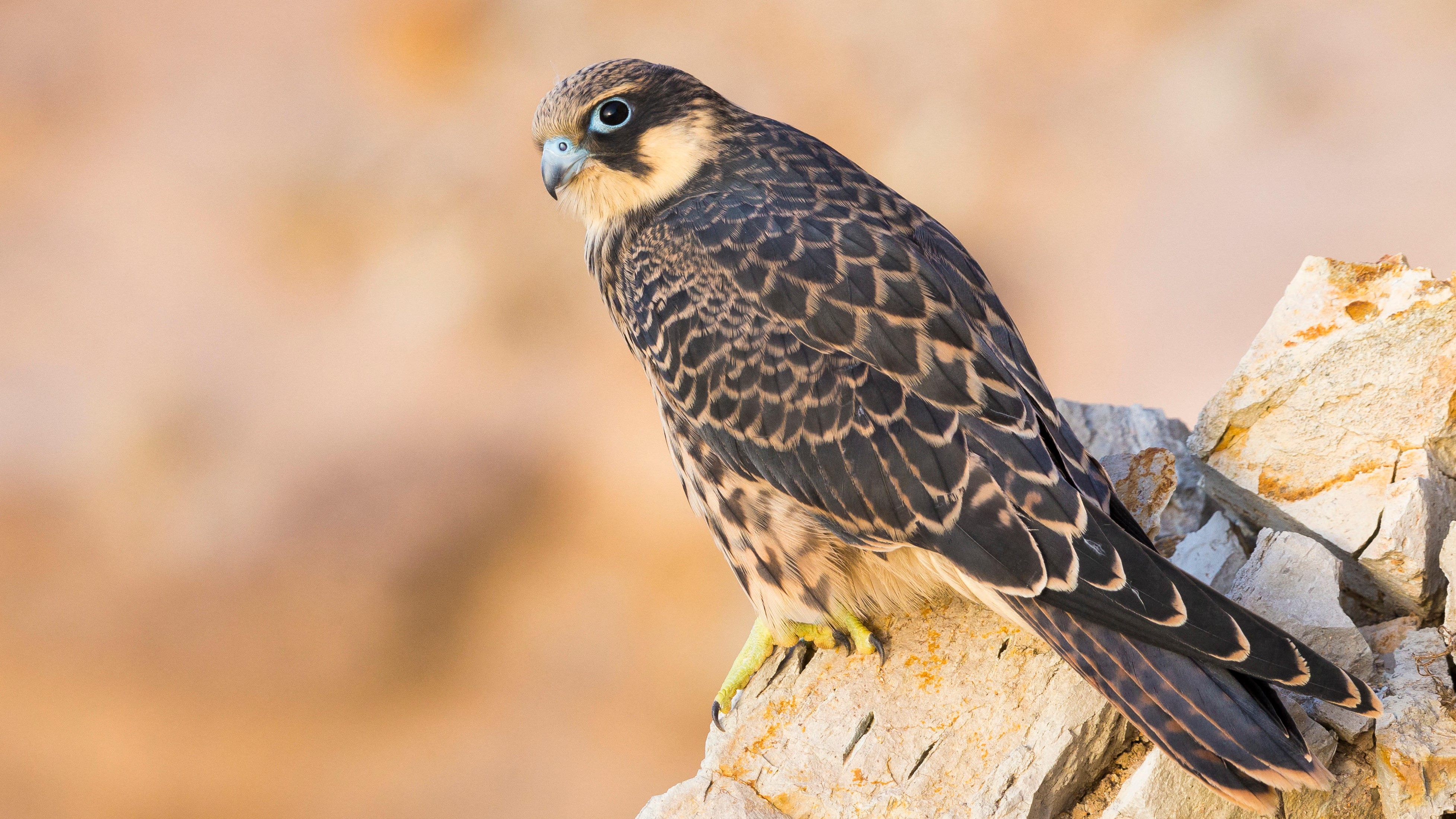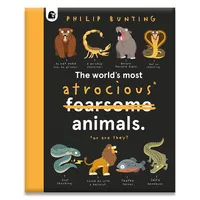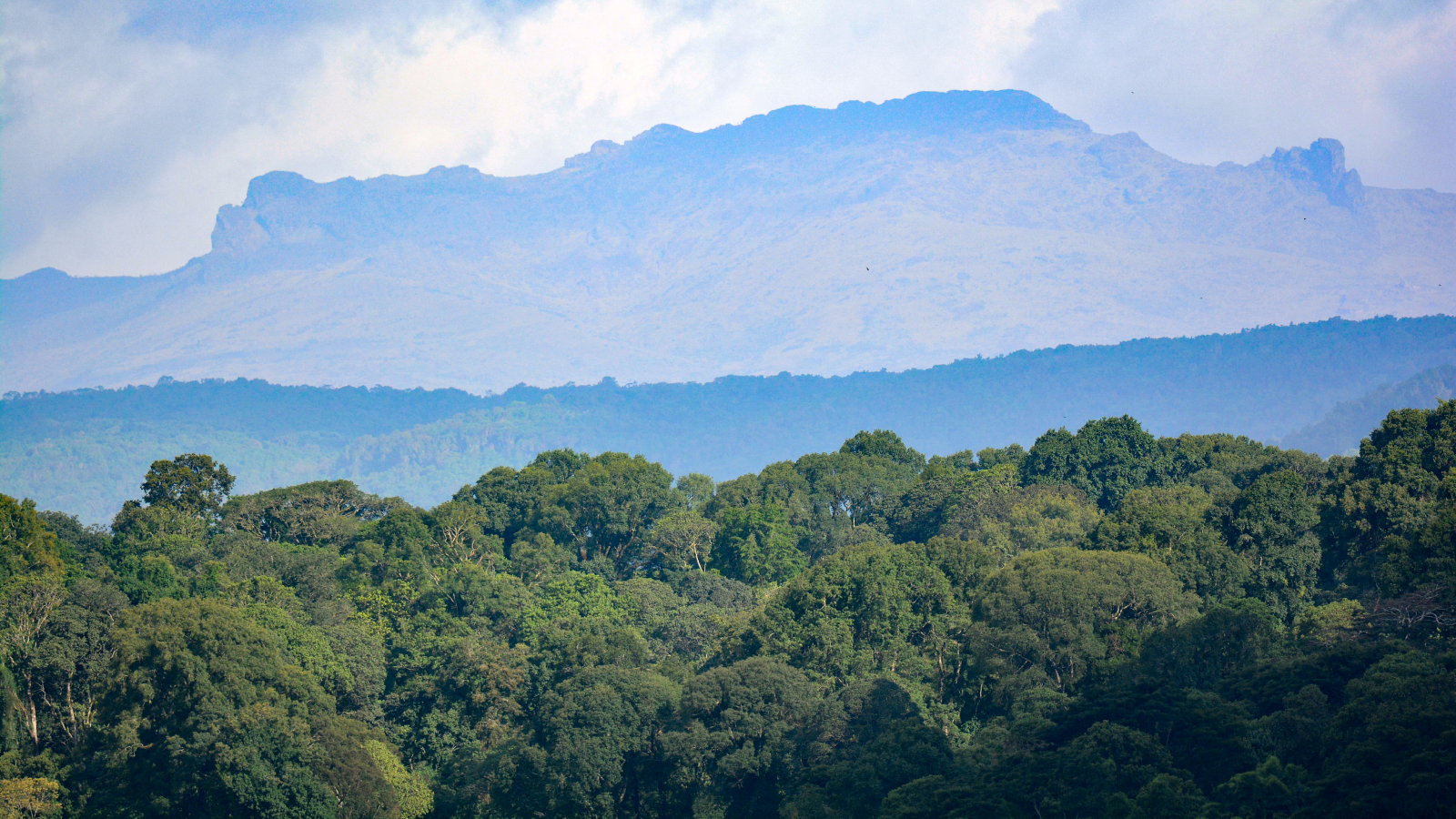Eleonora's falcon: The raptor that imprisons birds live by stripping their feathers and stuffing them in rocks
One population of Eleonora's falcon is reported to keep little birds alive inside rocky prisons — a behavior not seen in any other raptor species.

Name: Eleonora's falcon (Falco eleonorae)
Where it lives: Breeding in the Mediterranean and off the northwest coast of Africa, wintering in Madagascar
What it eats: Insects, bats and small birds
Why it's awesome: The Eleonora's falcon is a small raptor that takes its hunting abilities to the next level — by catching its prey alive and keeping them imprisoned. It captures small birds, strips their flight feathers preventing them from being able to fly, then stuffs them into rock fissures or deep holes, from which they cannot escape.

Strangely, only one population of Eleonora's falcon is known to partake in this unusual predatory behavior. The behavior was already known to local fishers, but ornithologists first described the hunting technique in 2015 after carrying out a census of the species on the Mogador archipelago, off the west coast of Morocco.
Scientists think that by keeping birds captive, the raptors can keep their food source fresh until it's needed. While the majority of the prey are small songbirds, they also eat swifts, hoopoes (Upupa epops) and some waders.
Related: The human-sized African bird that eats baby crocodiles and kills its siblings
Get the world’s most fascinating discoveries delivered straight to your inbox.
The authors believe this behavior is unique to the Mogador population, having found no other reports of live imprisonment among other Eleonora's falcons or raptor species.
Their findings, however, were met with skepticism by some. Rob Simmons, a behavioral ecologist at the University of Cape Town in South Africa, told New Scientist the imprisoned birds may just be escapees hiding in rocks to avoid being killed.
All Eleonora's falcons consume birds during their nesting period, between July and October. They prey on migrating birds that are tired from their long journeys, catching them mid-flight. This feast helps the falcons and their young prepare for their own migration to Madagascar. The rest of the year they feed mainly on insects such as dragonflies and butterflies.
The World's Most Atrocious Animals — $12.95 on Amazon
If you think the Eleonora's falcon is a beast of a bird, you'll love some of the atrocious animals found in this book by author and illustrator Philip Bunting. It's a big, bright book packed with animal facts and hilarious illustrations, which is perfect for young kids. We particularly like the reimagined Latin names for animals — can you guess what the Dolphinii notsofriendlius or the Chucklus chucklus might be?

Megan Shersby is a naturalist, wildlife writer and content creator. After graduating from Aberystwyth University with a BSc (Hons) degree in Animal Science, she has worked in nature communications and the conservation sector for a variety of organisations and charities, including BBC Wildlife magazine, the National Trust, two of the Wildlife Trusts and the Field Studies Council. She has bylines in the Seasons anthologies published by the Wildlife Trusts, Into The Red published by the BTO, and has written for the BBC Countryfile magazine and website, and produced podcast episodes for its award-winning podcast, The Plodcast.



